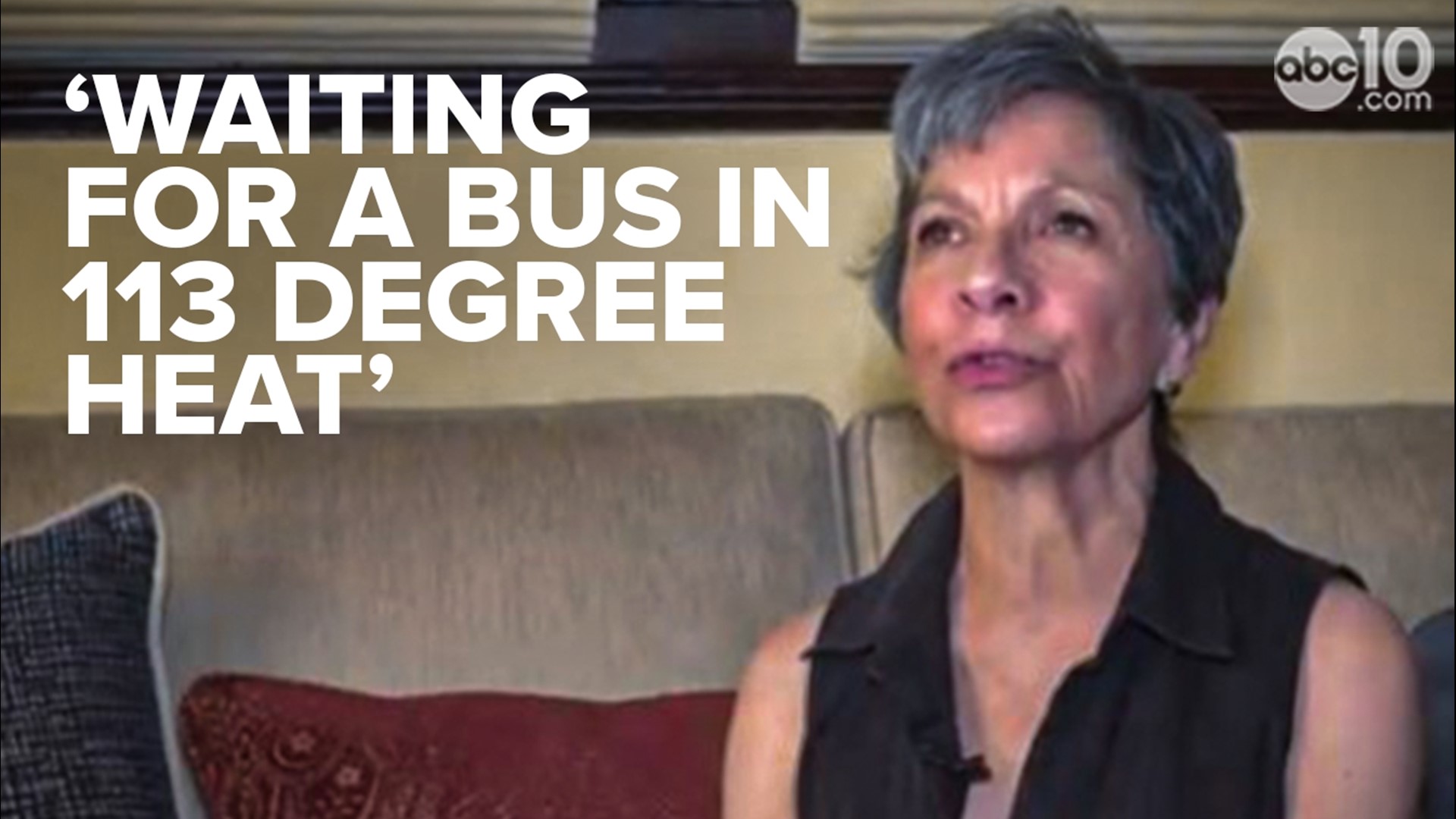SACRAMENTO, Calif. — California and the western U.S. continues to experience extreme heat.
According to the National Weather Service, parts of California could get hit with record-high temperatures over the Labor Day weekend, including the Greater Sacramento region.
Governor Gavin Newsom declared a State of Emergency to temporarily increase energy production and reduce demand, and he's calling on all Californians to reduce electricity consumption to help avoid the risk of power outages.
"This is just the latest reminder of how real the climate crisis is, and how it is impacting the everyday lives of Californians," said Governor Newsom. "While we are taking steps to get us through the immediate crisis, this reinforces the need for urgent action to end our dependence on fossil fuels that are destroying our climate and making these heat waves hotter and more common."
Extreme heat is dangerous and life-threatening. According to the CDC, about 618 people in the U.S. are killed by extreme heat every year. Heat-related illnesses, like heat exhaustion or heat stroke, happen when the body is not able to properly cool itself.
Even though extreme heat can affect anyone, it can hurt some people more than others. Older adults, the very young, and people with mental illness and chronic diseases are at highest risk. According to the EPA, people with disabilities are considered most vulnerable to extreme heat, too.
The term "disability" covers a wide range of conditions limiting a person's ability to do certain activities. There are many types of disabilities, such as those affecting a person's vision, movement, thinking, remembering, learning, communicating, hearing, mental health and social relationships.
When it comes to extreme heat, some people with disabilities face more challenges in an effort to stay safe. According to the EPA, some people with disabilities are especially at risk for heat-related illness and death.
That includes people with mental health issues, those who depend on others for assistance in daily living, and those with limited mobility or access to transportation.
Debra Celiz, who lives with blindness, is working to beat the heat in Sacramento. She typically hopes for the best and prepares for the worst. That includes avoiding the sun, staying hydrated, and relying mostly on family and friends for support.
"First of all, it's frightening," Celiz said. "What can I do, especially being a person with a disability?"
When triple digits hit, mobility and transportation becomes a top concern for most people with disabilities. Celiz, for instance, relies heavily on public transportation. But, getting to and from places, especially in hot weather, is not an easy task.
"My bus on the corner is actually a pretty good bus," Celiz explained. "But on Sundays, it doesn't run at all. On Saturdays, it only runs once every hour. I cannot imagine standing out on a corner that doesn't have a bench or cover for an hour, waiting for a bus in 113 degree heat. That's frightening."
When there's nowhere else to turn, Celiz counts on "Society For The Blind" for support and guidance. It's a full-service nonprofit agency that provides services and programs for people living with blindness or low vision.
For more than 60 years, Society For The Blind has been focused on a mission to "empower individuals living with low vision or blindness to discover, develop and achieve their full potential."
"The heatwave can be very dangerous for people living with disabilities," said Shari Roeseler, Executive Director, Society For The Blind. "We teach people what to do when the alerts come on or when the air conditioning goes out in their home. It can be very hot or uncomfortable."
California Foundation for Independent Living Centers (CFILC) works to increase access and equal opportunity for people with disabilities by building the capacity of Independent Living Centers. CFILC offers several programs to help people with accessibility of tools, resources and technology.
CFILC also provides a "Disability Disaster Access & Resources" program to help people with disabilities and older adults in disaster readiness and recovery.
The program provides people with information, assistance, disaster readiness training, backup electricity support, personal preparedness planning assistance, public awareness, Assistive Technology and Durable Medical Equipment reuse, and loan closet referrals. That includes before, during and after a disaster or electricity shut-off.
"During the extreme heat, our centers are reaching out to their consumers across the state," said Dan Okenfuss, Public Policy Manager, California Foundation for Independent Living Centers. "We refer our consumers to cooling centers, make sure they have battery power - in case the power goes out - and we refer people to locations that have power, like hotels. Power is necessary because it's used for their equipment or wheelchairs."
Health and emergency officials, along with organizations who support disabled communities, are encouraging people to check on loved ones and those considered most vulnerable during the extreme heat. That, especially, involves offering safe transportation, food, water, and comfort.
WATCH MORE ON ABC10 | Disability Voices: Issues, Myths and Acceptance | Race and Culture



















